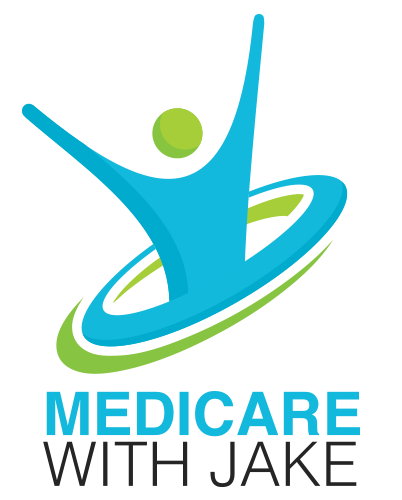Medicare Part D

Medicare Part D
Are your prescription medications too expensive? Are you interested in a policy that allows you to pay less for the medications you’re already getting? Medicare Part D is the answer. You can make great savings on all your medications with this.

Interested in learning more?
What it is
Medicare Part D takes care of prescriptions. Prescriptions are covered according to the plan’s formulary, with out-of-pocket prices corresponding to the covered medication’s tier.
The formulary is the list of medications Part D covers. There are medications that every Medicare Part D plan must cover – these are referred to as protected classes, and protected drug classes include medications used to treat cancer and HIV/AIDS. In the list of drug classes covered in the formulary, Medicare Part D must cover at least two medications per category.
Medication expenses are broken down into tiers, which will be further discussed in the costs section of this page.
How to get it
Part D isn’t automatically granted to you, even if you receive Social Security benefits. You have to join on your own, and the first way you can do this is by joining during the Initial Enrollment Period (IEP), which begins three months before you the month you turn 65, and lasts until three months after the month you turn 65.
Your next option is the Open Enrollment Period. This begins October 15 and lasts until December 7. You can join, switch, or drop a Medicare drug plan.
Lastly, there is the General Enrollment Period (GEP), which is from January 1 to March 31. Here, the option to join depends on Medicare Advantage. If you have a Medicare Advantage plan, you can change back to Original Medicare and add a prescription drug plan.
Costs
Medicare Part D costs are the premiums and out-of-pocket expenses. Part D premiums vary depending on the company you purchase it through, but the standard Part D premium is around $33.06.
Out-of-pocket costs depend on what tier your medication is in. Lower-cost options are the generic versions of your medications, and if there is no generic version, then your plan will try to find a preferred medication.
Here is an example of the tiers:
- Tier 1 – generic, preferred
- Tier 2 – brand-name, preferred
- Tier 3 – brand-name, not preferred
- Tier 4 – specialty drugs
Your plan will work with you and the person prescribing your medications to find the lowest possible cost for a medication that best suits your needs.
Late fees are permanent and accrue according to the number of months you have gone without signing up after first being eligible. For every month, 1% gets added to your total late enrollment penalty. That accumulated percentage is then multiplied by the premium, then the extra monthly dollar amount is determined after rounding that number to the nearest dime.
For example, if you enroll 10 months late and the premium is $33.06:
- 10% of $33.06 = $3.31 (rounded up from 3.306)
- $3.31 ot the nearest dime is $3.30
- You pay an extra $3.30 per month, leaving you to pay a $36.36 premium
Start saving on prescriptions today
Medicare With Jake is happy to talk Medicare Part D with you. We’re an honest, hard-working team of professionals from Wichita, Kansas who extend our outreach to the entire nation. Prescription medications can be incredibly expensive, sometimes to the point to where the price of one pill alone is astronomical. We have expert knowledge of Medicare and all it has to offer.

